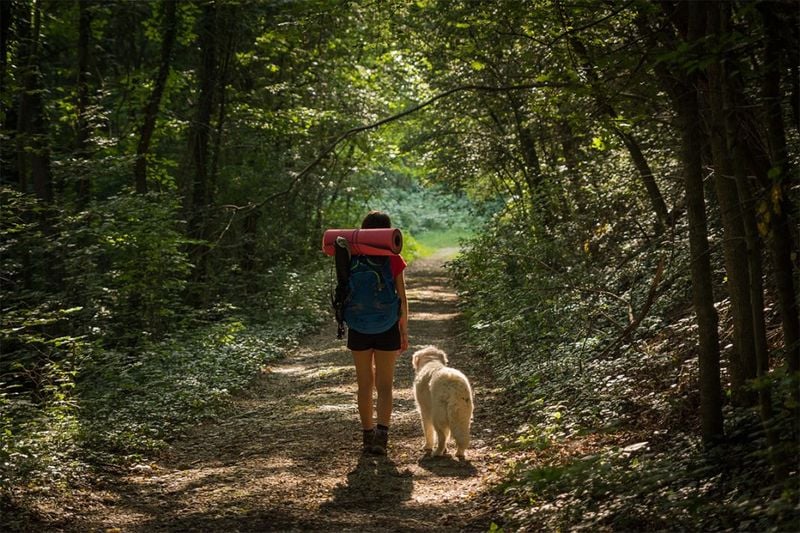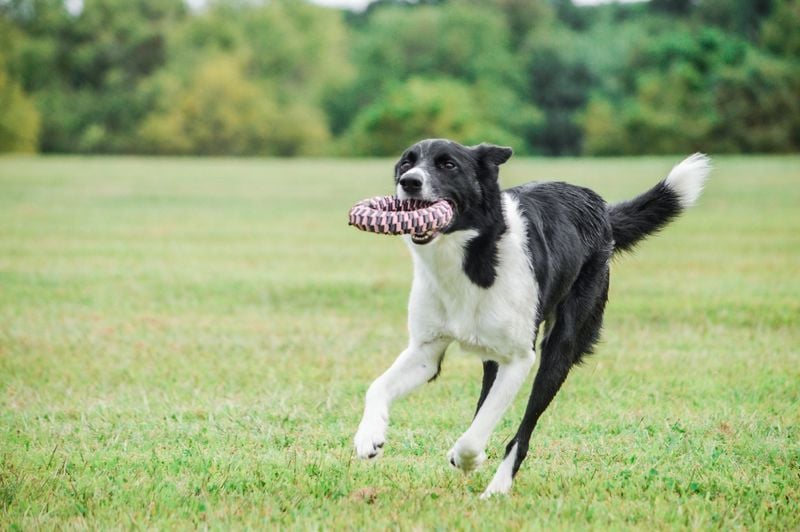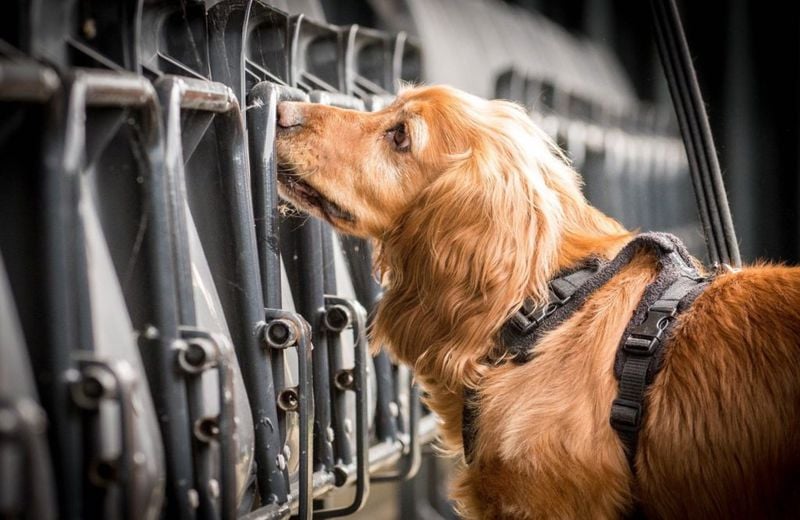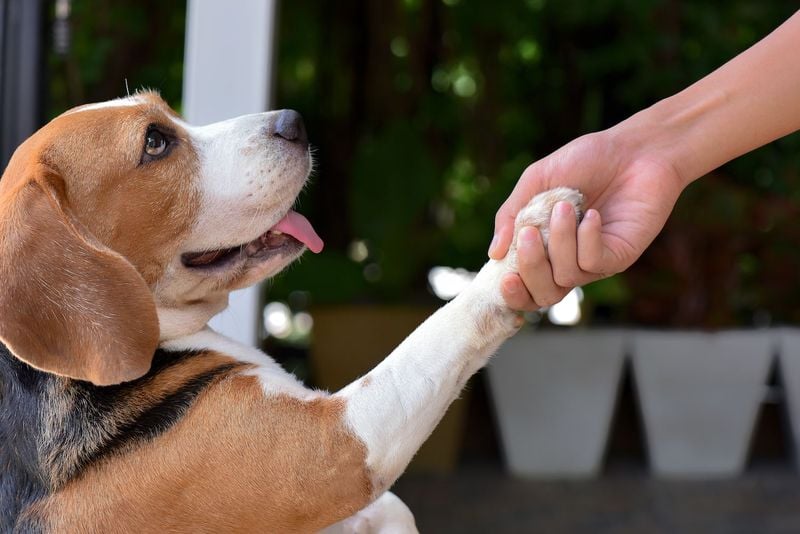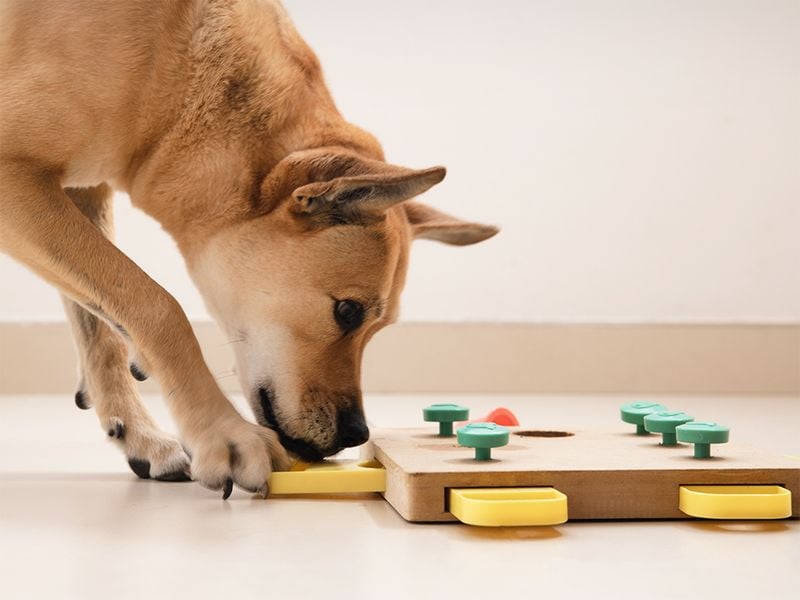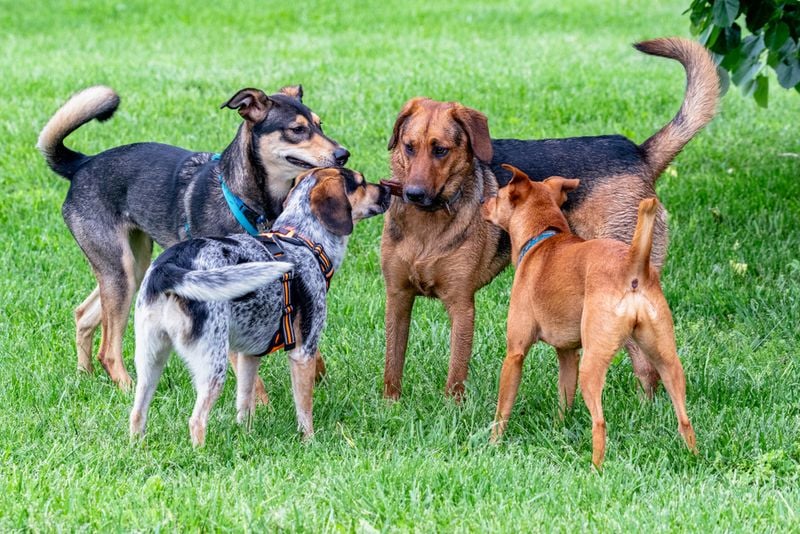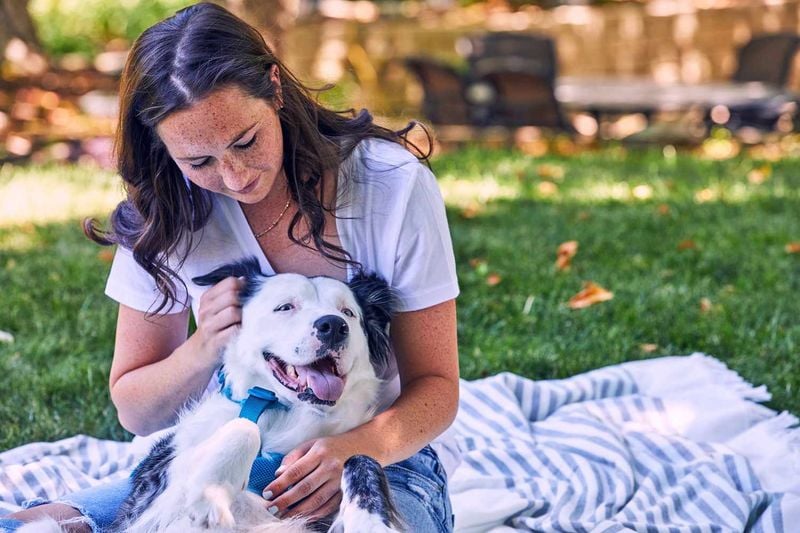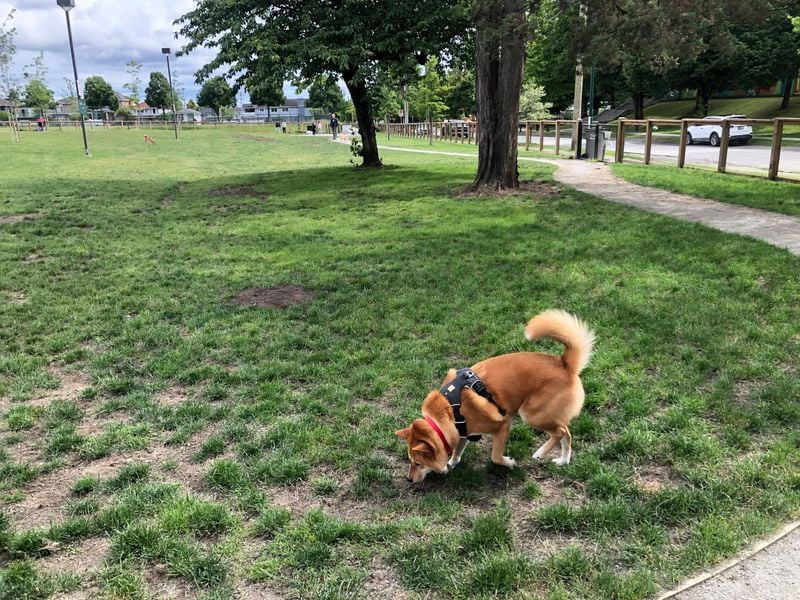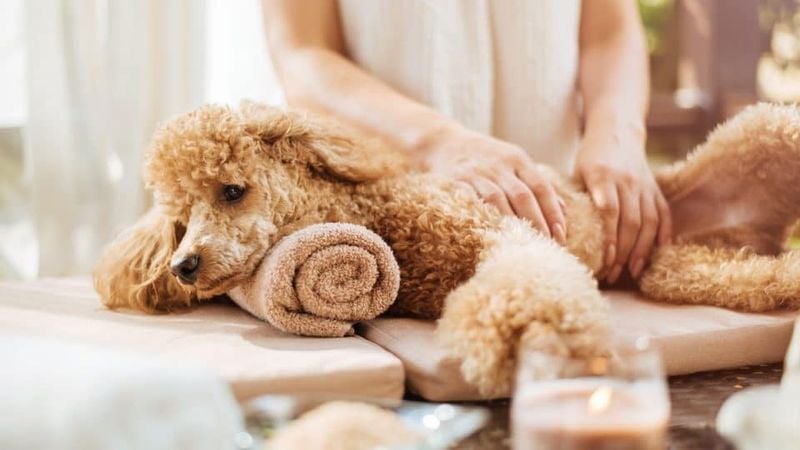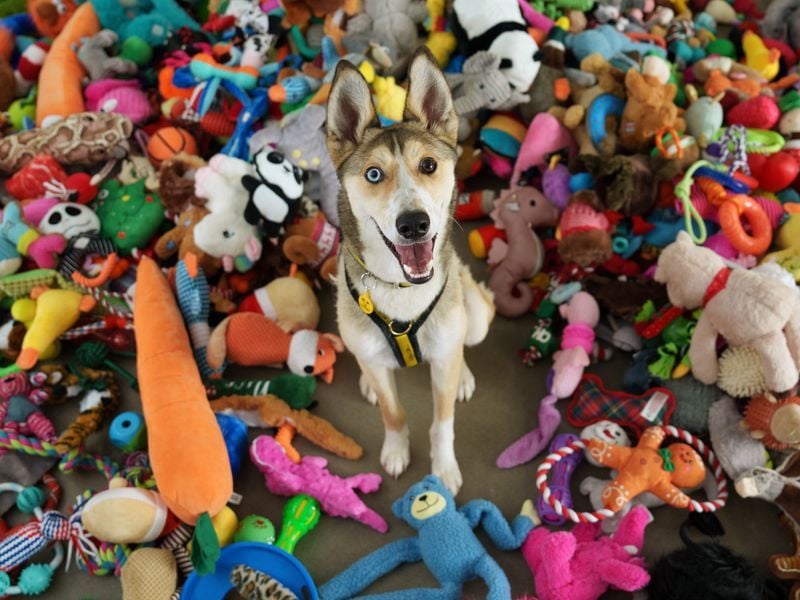Science Says These 12 Activities Will Make Your Dog Happier Than Ever
You want the best for your dog—but happiness goes beyond a full belly and a cozy bed. Science has shown that dogs experience joy, anxiety, boredom, and even frustration, just like we do.
So how can you make sure your pup is truly living their best life? It starts with the right activities.
Studies reveal that certain actions trigger positive brain chemistry in dogs—boosting their mood, reducing stress, and deepening the bond they share with you.
Whether it’s playtime, sniffing around the park, or a simple cuddle on the couch, the right kind of engagement makes all the difference.
Here are 12 science-backed activities that will light up your dog’s world—physically, mentally, and emotionally. Try them all and watch their tail wag with pure, undeniable joy.
1. Daily Walks in Nature
A simple walk can be one of the most powerful tools for your dog’s happiness. When you head to a nearby forest trail, park, or even a quiet tree-lined street, your dog experiences a rich mix of sights, sounds, and smells that city sidewalks can’t match.
Natural environments reduce cortisol—the stress hormone—in both humans and dogs. Studies show that just 20 minutes in green spaces can noticeably lift a dog’s mood.
Walks also satisfy primal instincts like exploring and tracking. And for aging or anxious dogs, a slow-paced nature stroll can work wonders in calming nerves.
Switching up your walking route occasionally also keeps their brain engaged. It’s not just exercise—it’s therapy, entertainment, and bonding time rolled into one tail-wagging adventure.
2. Interactive Playtime
Play is more than just fun—it’s an emotional need. When you play tug-of-war, fetch, or even a simple chase game, you’re stimulating your dog’s mind, exercising their body, and building your bond all at once.
Dogs that engage in daily play are more emotionally balanced and less likely to develop problem behaviors like chewing or barking. Even better, play helps release dopamine, the “feel good” chemical linked to joy and motivation.
The key is to match the play to your dog’s breed, age, and energy level. A herding dog might love games that involve chasing or agility, while a retriever thrives on fetch.
Best of all, your presence makes the play 10 times better. You’re not just tossing a toy—you’re giving them your attention, and that means everything.
3. Scent-Based Games
Dogs live through their noses—so giving them scent-based activities taps into one of their deepest joys. Whether it’s hiding treats around the house or setting up a DIY scent trail in the backyard, these games provide rich mental stimulation.
Scent work reduces anxiety by allowing dogs to focus on a rewarding and calming task. In fact, studies show dogs that sniff more during walks have lower heart rates and display calmer behavior afterward.
You don’t need fancy gear to start. Use a towel, a few treats, and some creativity. Let them “hunt” and celebrate their success.
For a higher-level challenge, consider enrolling your dog in nose work classes. These activities build confidence, focus, and fulfillment. It’s the closest thing to letting them be a dog in the truest sense.
4. Positive Reinforcement Training
Training isn’t just about obedience—it’s a form of enrichment that lights up your dog’s brain. When you teach your dog a new trick or command using treats, praise, and patience, you’re giving them a rewarding mental workout.
Positive reinforcement strengthens your bond and builds trust. It turns learning into a joyful game, not a chore. Dogs who receive regular, upbeat training are more confident and eager to engage.
And it’s not just for puppies. Older dogs benefit just as much, especially when learning novel skills that keep their minds sharp.
Training also provides structure, which makes dogs feel secure. Every successful sit, stay, or spin reinforces their sense of achievement. In their eyes, you become the ultimate guide—and the one who makes life make sense.
5. Puzzle Toys and Brain Games
Dogs need more than physical activity—they crave mental challenges, too. Puzzle toys and interactive feeders turn ordinary mealtime into a brain-teasing adventure.
By figuring out how to roll a ball for kibble or lift a flap to reveal a treat, your dog exercises problem-solving skills and burns off boredom. It’s like sudoku for dogs, minus the frustration.
Mental stimulation is especially critical for high-energy and intelligent breeds. Without it, they often create their own “jobs,” like chewing shoes or digging up the yard.
Start simple and increase the challenge gradually. Even a muffin tin with tennis balls and hidden snacks underneath can provide hours of focused fun. It keeps them entertained, sharpens their instincts, and adds purpose to their daily routine.
6. Socializing with Other Dogs
Dogs are social creatures, and healthy interactions with other pups play a big role in emotional development. Whether it’s a friendly sniff at the park or a full-on wrestling match with a buddy, these connections help dogs practice communication, build confidence, and reduce loneliness.
Well-socialized dogs tend to be less reactive, more adaptable, and easier to train. Studies show that social play releases oxytocin—the same hormone tied to love and bonding.
Of course, not every dog wants a group playdate. It’s important to match personalities and energy levels. Slow introductions and controlled settings like dog daycare or small meetups are best.
Regular, positive experiences with other dogs can turn even the shyest pup into a confident companion who thrives on connection.
7. Cuddling and Physical Touch
Snuggles aren’t just sweet—they’re scientifically proven to make dogs feel safe and deeply loved. Physical touch triggers oxytocin in dogs and humans alike, lowering stress levels and strengthening the bond you share.
A gentle belly rub, ear scratch, or even just lying beside your dog can provide powerful reassurance. For anxious dogs, physical contact offers comfort and grounding during stressful situations like thunderstorms or vet visits.
Not all dogs are natural cuddlers, and that’s okay. Learn their body language and give affection on their terms.
What matters most is presence. When your dog leans into you or sighs happily during a cuddle session, they’re telling you: “This is my safe space.”
Sometimes, happiness is as simple as a warm lap and a hand that says, “I’m here.”
8. Consistent Routines
Dogs love routine—and for good reason. Predictability helps them feel secure in their environment, especially when it comes to essentials like feeding times, walks, and bedtime.
A consistent daily rhythm reduces anxiety by signaling to your dog what to expect. This sense of order lowers stress hormones and makes them feel more in control.
Routine also supports training success and builds confidence. When they know what’s coming next, they’re more relaxed and eager to participate.
That doesn’t mean life has to be rigid. A routine should provide structure but still leave room for play and variety.
Even small rituals—like morning stretches together or a treat before bed—can become cherished moments. For your dog, a stable routine is more than a habit. It’s emotional safety.
9. Off-Leash Exploration (In Safe Areas)
There’s something magical about watching your dog run freely, ears flapping and tail wagging. Off-leash time in secure, fenced-in spaces or open fields gives your dog the chance to explore, sniff, and roam on their own terms.
Freedom activates a different kind of happiness—one rooted in choice and instinct. Dogs love to follow scents, investigate sounds, and chart their own path.
Research shows that allowing dogs to make small decisions—like where to walk or what to sniff—boosts their confidence and cognitive health.
Not all dogs can be trusted off-leash, but long leads or private dog parks offer a similar experience.
Giving your dog a bit of independence in a safe setting is one of the best ways to honor their true nature and spark joy.
10. Swimming or Water Play
Not all dogs are born swimmers, but for those that love the water, splashing around is pure bliss. Swimming is a low-impact exercise that’s especially great for older dogs or breeds with joint issues.
Beyond the physical benefits, water play also offers a refreshing sensory experience. The feeling of water, the sound of splashes, and the joy of fetching a floating toy all create a rich environment for mental stimulation.
Studies suggest swimming can lower heart rate and relax muscles, just like a calming spa day for humans.
Even if your dog isn’t a natural paddler, shallow kiddie pools or sprinklers can introduce water in fun, non-threatening ways.
When done safely, water time can become the highlight of your dog’s week—a cooling escape filled with fun and freedom.
11. Dog Massage
Massage isn’t just for people—it’s a wellness booster for dogs, too. Gentle rubbing and targeted strokes can improve circulation, ease sore muscles, and reduce anxiety in dogs of all ages.
Research shows massage lowers heart rate and cortisol levels, helping even hyperactive pups settle into a state of calm. For senior dogs or those with arthritis, massage offers pain relief and greater mobility.
It also gives you a chance to detect any unusual lumps or sore spots early, making it a helpful health check.
Start slowly with areas your dog enjoys being touched, like the shoulders or back. Use light pressure and soothing motions.
Massage is a form of focused, loving attention—and for your dog, it’s a relaxing reminder that they’re cherished, body and soul.
12. Letting Them Choose Activities
Dogs, like people, love having a say in how they spend their time. Allowing your dog to make small choices—like which toy to play with, which trail to take, or whether they want to train or rest—enhances their sense of autonomy.
Science shows that animals feel more optimistic and engaged when given control over parts of their environment. It builds confidence and lowers anxiety.
You don’t have to give them total freedom—just a few meaningful options throughout the day. Maybe it’s letting them sniff longer at a fire hydrant or choosing which bed to nap on.
These tiny acts of choice empower your dog and deepen your trust-based relationship. In a world full of rules, a little freedom goes a long way in creating lasting happiness.

